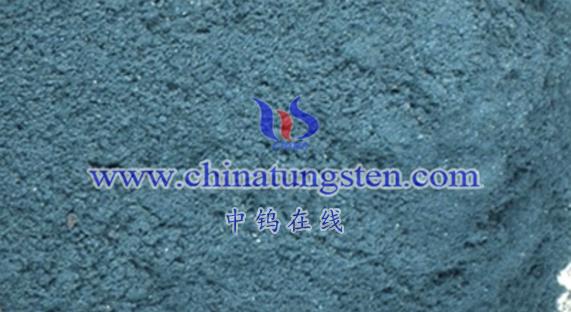
Nano tungsten oxide (WO₃) semiconductor sensors are an important technology in gas sensing applications, offering a unique combination of strengths and weaknesses. Below is a detailed analysis of their advantages and disadvantages:
Advantages of Nano Tungsten Oxide Semiconductor Sensors
- High Sensitivity
Nano tungsten oxide’s high specific surface area and abundant surface defects provide numerous adsorption sites for gas molecules, significantly enhancing the sensor’s sensitivity. This enables the detection of extremely low gas concentrations, making it suitable for applications requiring high precision in gas detection. - Fast Response
The nanoscale properties of tungsten oxide allow the sensor to respond rapidly to changes in gas concentrations, which is crucial for real-time gas monitoring applications. - Good Selectivity
By controlling the morphology, structure, and doping of nano tungsten oxide, selective detection of specific gases can be achieved. This enables accurate identification of target gases in complex environments, reducing false alarms and missed detections. - Excellent Stability
Nano tungsten oxide exhibits good thermal stability, allowing it to function effectively at high temperatures. Moreover, optimizing the sensor’s structure and manufacturing processes can further improve its long-term stability and reliability. - Wide Applications
Nano tungsten oxide semiconductor sensors have broad applications in various fields, including:- Environmental Monitoring: Detecting air pollutants like nitrogen oxides (NOx) and sulfur oxides (SOx).
- Industrial Safety: Monitoring toxic and hazardous gas leaks, such as ammonia (NH₃) or hydrogen sulfide (H₂S).
- Medical and Healthcare: Monitoring breath and diagnosing diseases by analyzing specific gases.
Disadvantages of Nano Tungsten Oxide Semiconductor Sensors
- Sensitivity to Environmental Conditions
The performance of these sensors can be influenced by environmental factors like humidity and temperature. High humidity or extreme temperatures may reduce sensitivity and stability, requiring controlled environmental conditions during use. - Need for Improved Selectivity and Stability
Although selective, further optimization is necessary to enhance accuracy in complex gas mixtures. Additionally, addressing long-term stability challenges is essential for extended operational periods. - High Production Costs
The fabrication of nanomaterials involves complex and expensive processes, which limit the large-scale production and affordability of nano tungsten oxide semiconductor sensors. Ongoing advancements in technology and cost reduction strategies could alleviate this issue over time. - Technical Challenges
Challenges remain in controlling the morphology and size of nanoparticles, improving their dispersibility, and ensuring stability during fabrication. Overcoming these issues is key to further enhancing sensor performance and expanding their applications.
Conclusion
Nano tungsten oxide semiconductor sensors exhibit advantages such as high sensitivity, fast response, good selectivity, and stability, making them suitable for a wide range of applications. However, they face challenges like environmental sensitivity, production costs, and technical limitations. To fully leverage their potential, it is essential to optimize their design, improve manufacturing processes, and address existing limitations.
More details of tungsten oxide product, please visit website: tungsten-oxide.com
Please contact CHINATUNGSTEN for inquiry and order of tungsten oxide:
Email: sales@chinatungsten.com
Tel.: 86 592 5129595

















